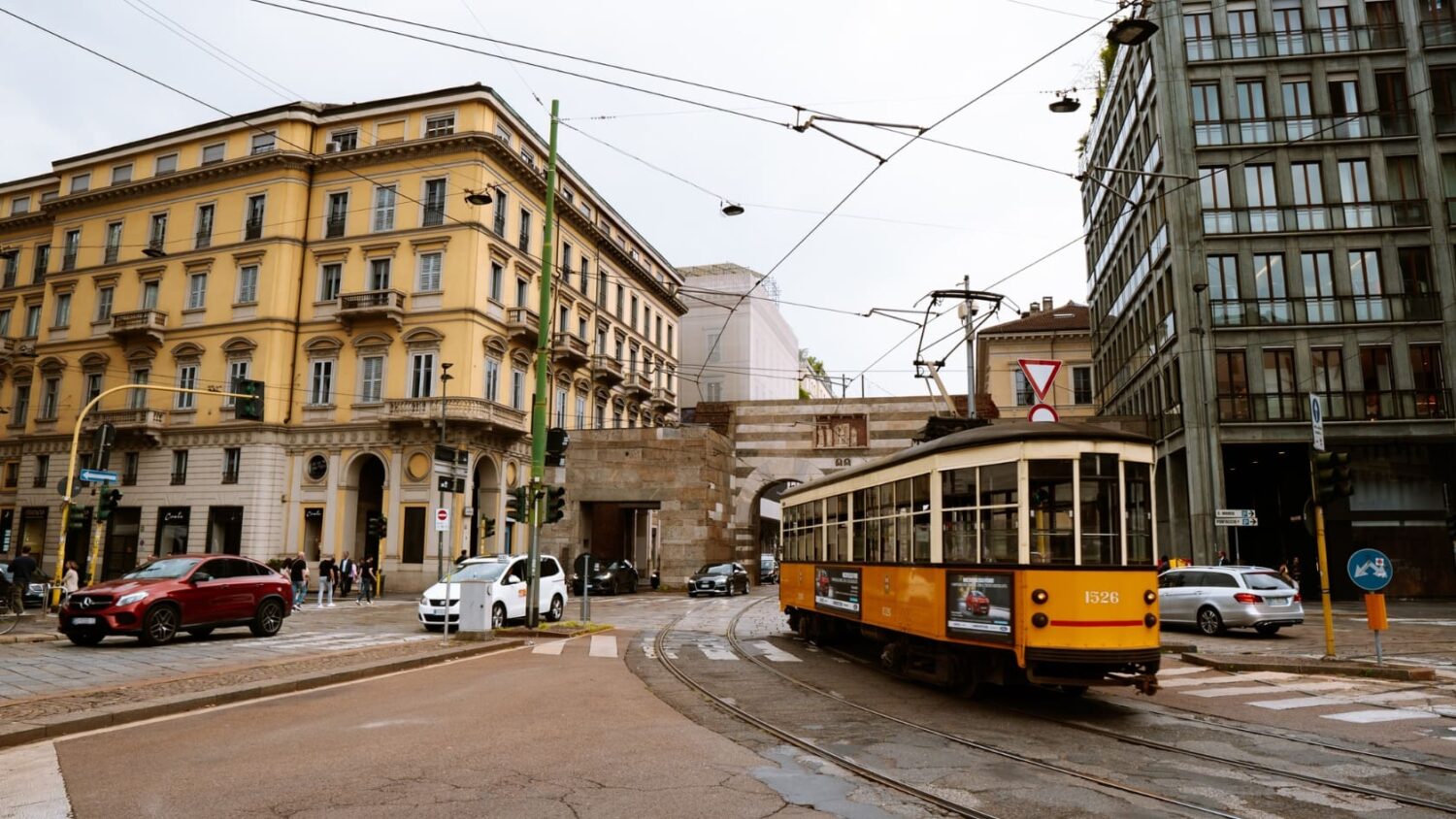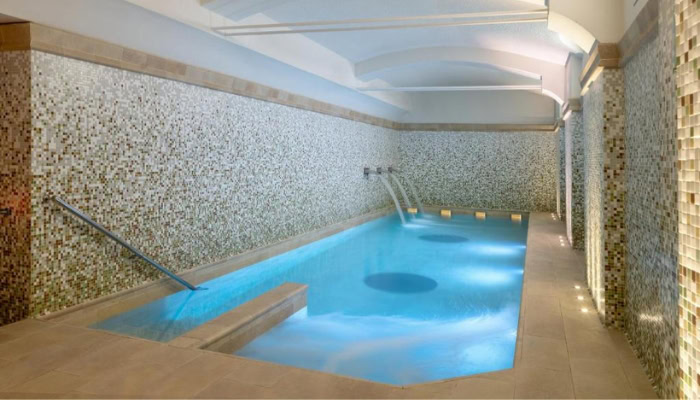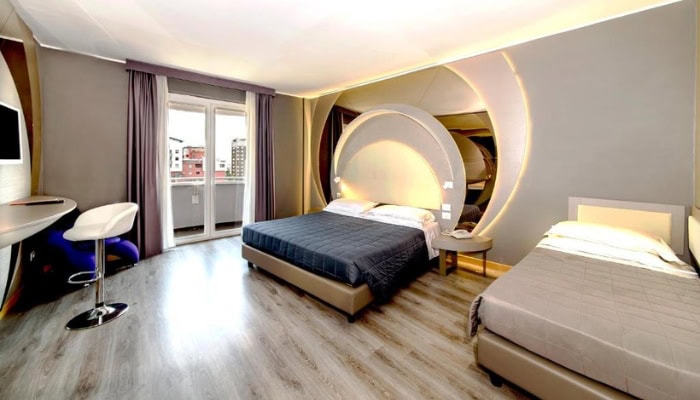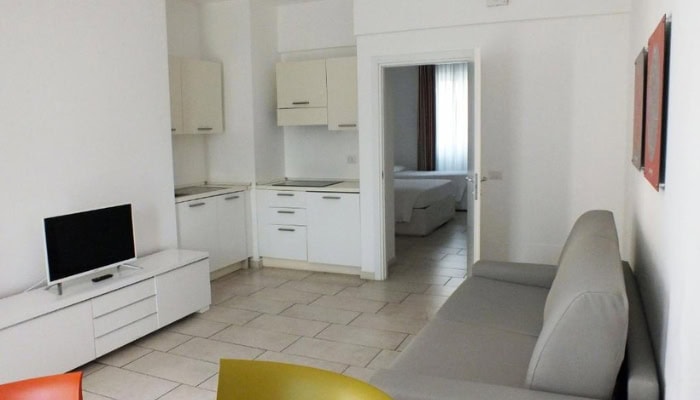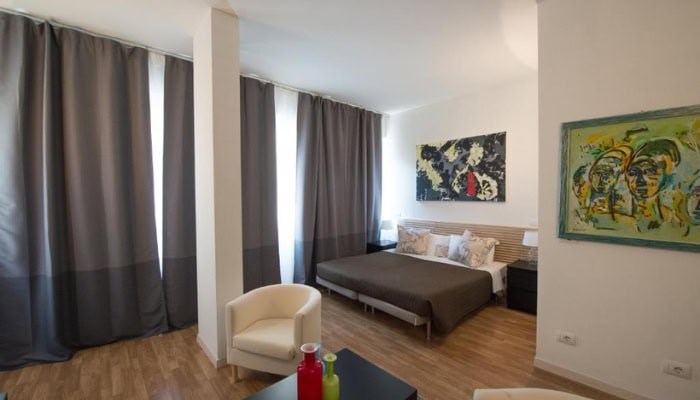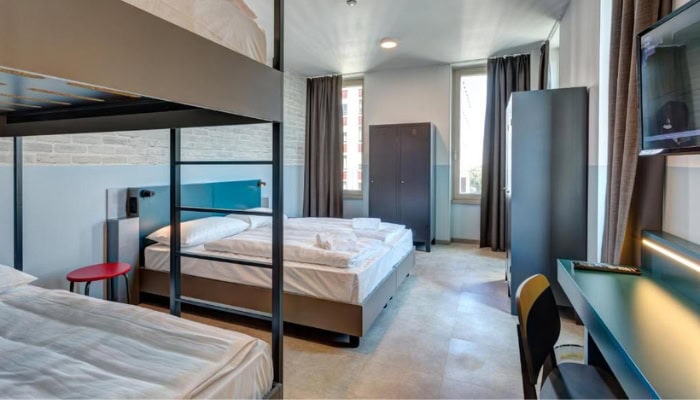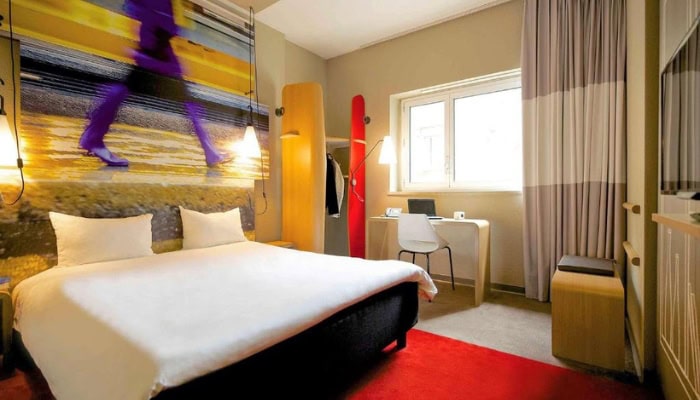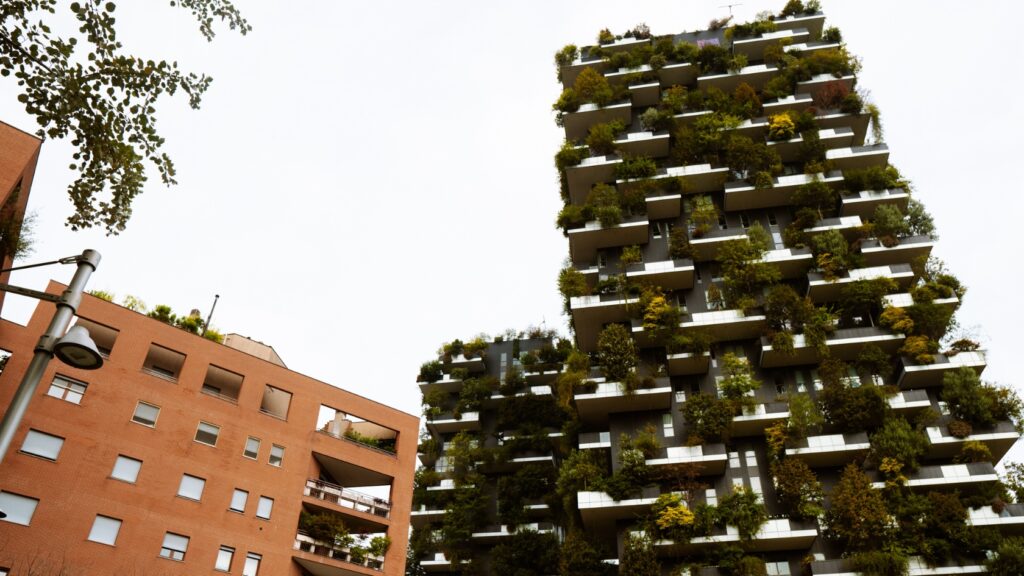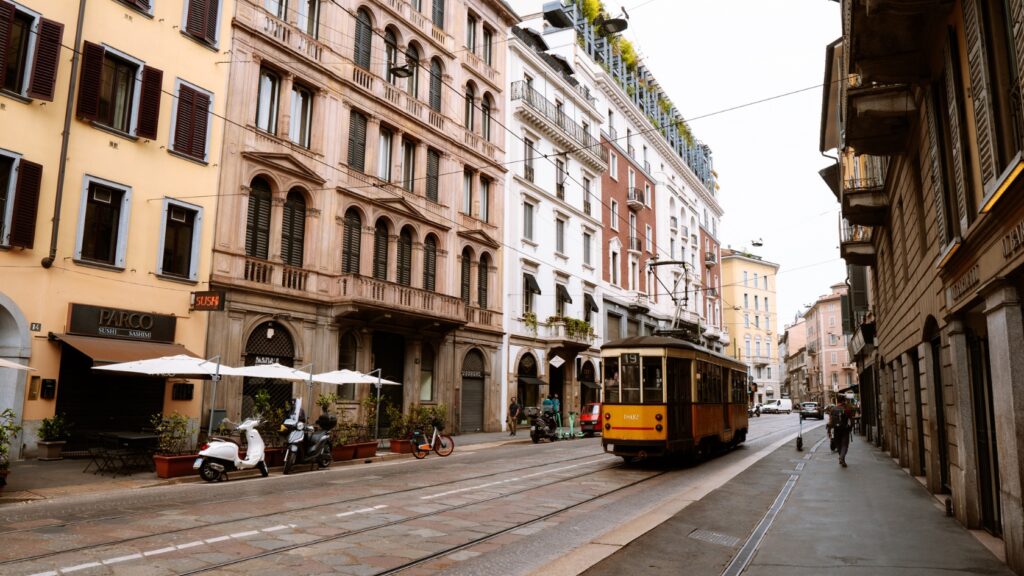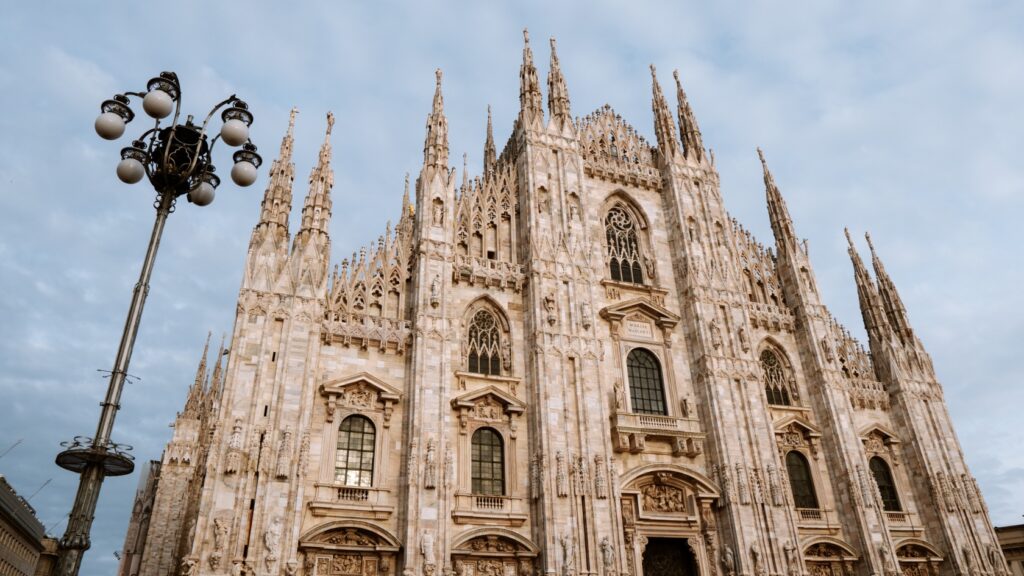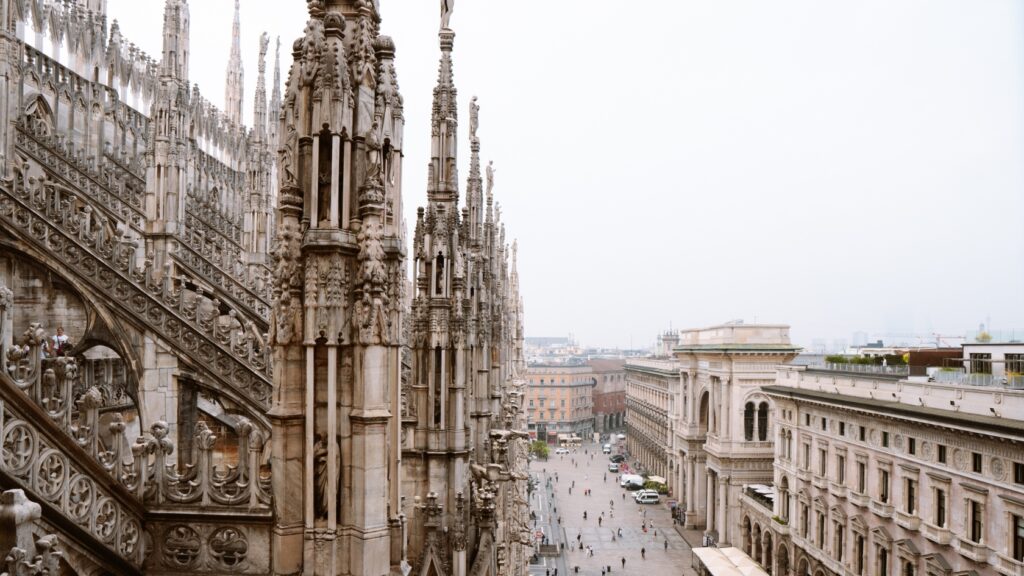In this guide to transport in Milan, we’ll cover everything you need to know before your trip — including how to get from Milan’s airports to the city centre, how to use the metro and public transport in Milan, tips on parking, and options for bike or scooter rental.
As Italy’s second most populous city, Milan relies on a robust and efficient transport network to serve millions of residents and visitors every year. In this article, we’ll take a closer look at how to get around Milan and make the most of the city’s public transport system.
How to get to Milan?
By air to Milan
Milan is very well connected to many major European cities, including Prague, Berlin, Amsterdam, Vienna, London and many others. There are three airports in Milan to choose from:
- Bergamo Airport (BGY) – Officially known as Orio al Serio Airport, it is located northeast of Milan near the city of Bergamo. If you are flying with Ryanair, you will most likely land here.
- Malpensa Airport (MXP) – Situated northwest of Milan, Malpensa is one of Italy’s main international airports. Airlines such as Wizz Air and EasyJet frequently use this airport.
- Linate Airport (LIN) – The closest airport to the city centre, located to the east of Milan. Linate mainly handles domestic flights and a few selected European routes.
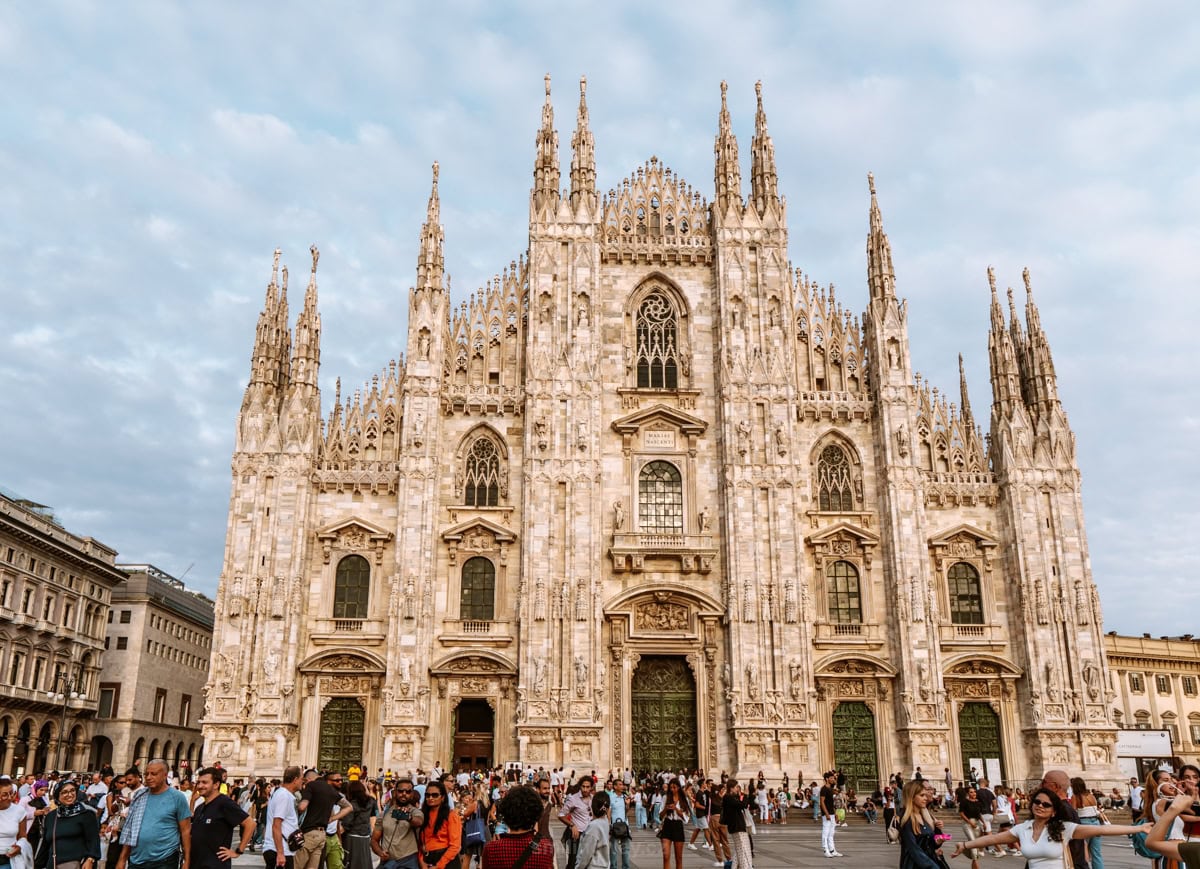
How to get from Bergamo Airport to Milan city centre
The most convenient way to travel from Bergamo Orio al Serio Airport to Milan is by direct, air-conditioned bus, which takes about one hour and costs around €10.
Follow the signs for the buses in the arrivals hall — they depart directly from just outside the terminal. When boarding, simply show the staff your ticket on your mobile phone, and you’re good to go.
Tickets are valid for the entire day, so you don’t need to worry about a specific departure time.
Buses arrive at Milano Centrale Train Station, where you will also find the stop for your return journey. The bus platform is located on the left side of the station.
🏡 Where to stay in Milan
Below you will find suggestions for hotels in Milan with great value for money, good accessibility, and 24-hour reception with luggage storage:
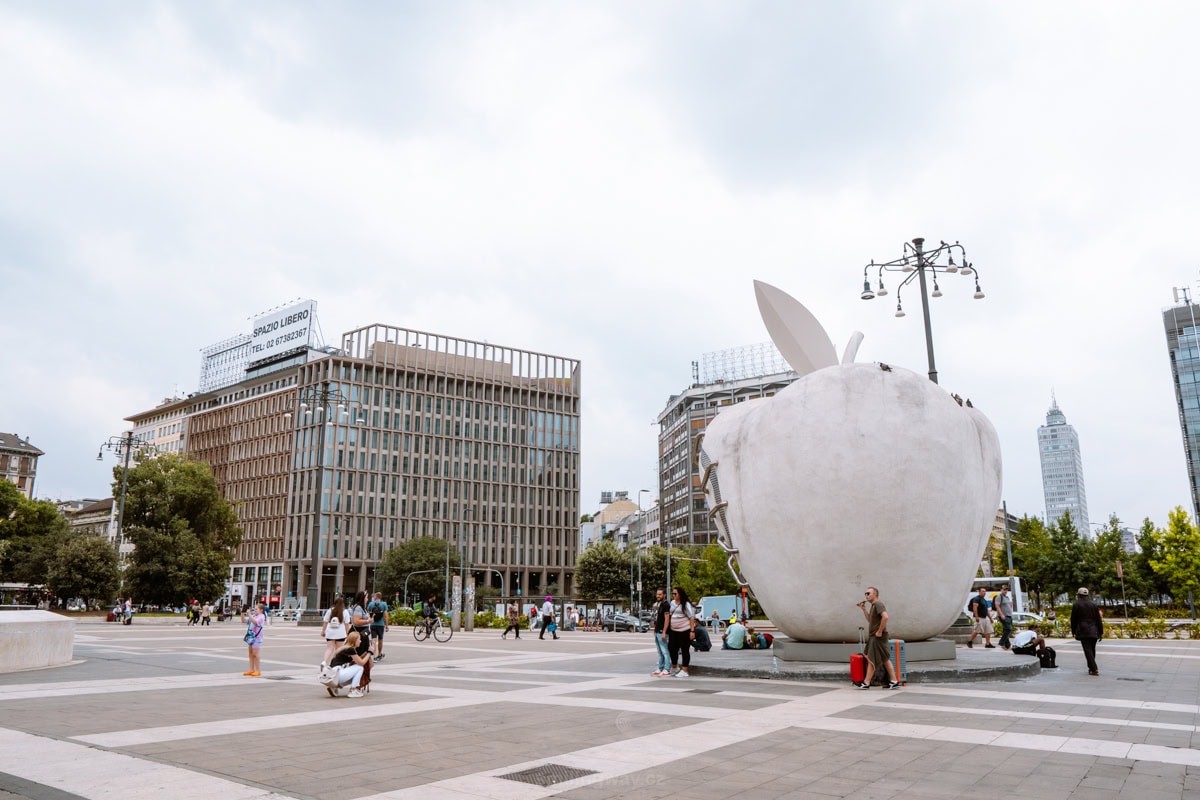
How to get from Malpensa Airport to Milan city centre
By bus
Malpensa Airport works similarly to Bergamo Airport. Just outside the arrivals hall, you’ll find direct, air-conditioned buses to Milano Centrale Train Station.
- Ticket price: €10
- Travel time: 50–60 minutes
- Tickets are flexible — valid for any connection on the day of travel. Simply show your mobile or printed ticket to the staff and board the bus.
Tip: Malpensa has two terminals that are far apart. Terminal 1 serves Wizz Air, Terminal 2 is used by EasyJet. Buses leave from Terminal 1 and then stop at Terminal 2 before heading to the city. Don’t forget on your return journey: if you’re flying with EasyJet, get off at Terminal 2.
By train
Another convenient option is the Malpensa Express train, which runs from Terminal 1.
- Ticket price: €13
- Travel time: around 50 minutes
By taxi/Uber
A flat-rate taxi from Malpensa to Milan costs €95 (white taxis). Uber is also available in Milan.
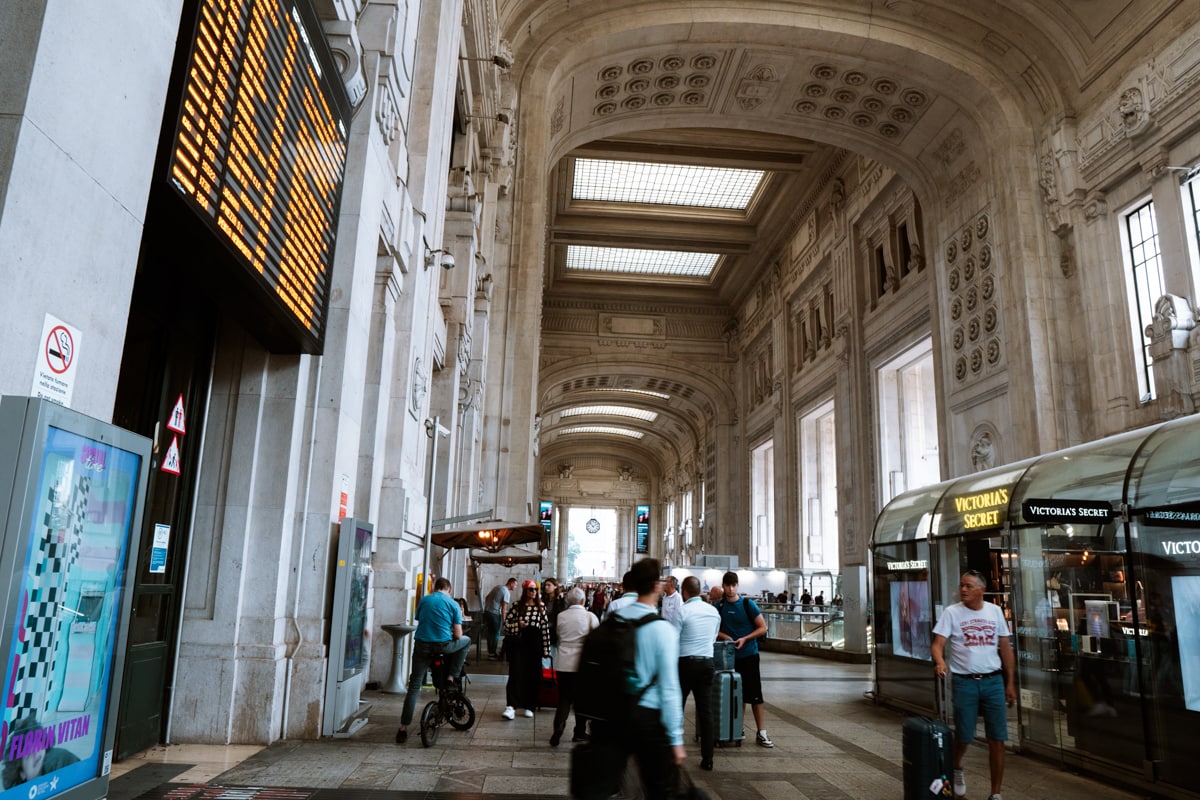
How to get from Linate Airport to Milan city centre
Linate Airport is closest to the city. Take the M4 metro line directly from the airport to central Milan in about 25 minutes.
More inspiration: Itinerary for Milan in 2 days
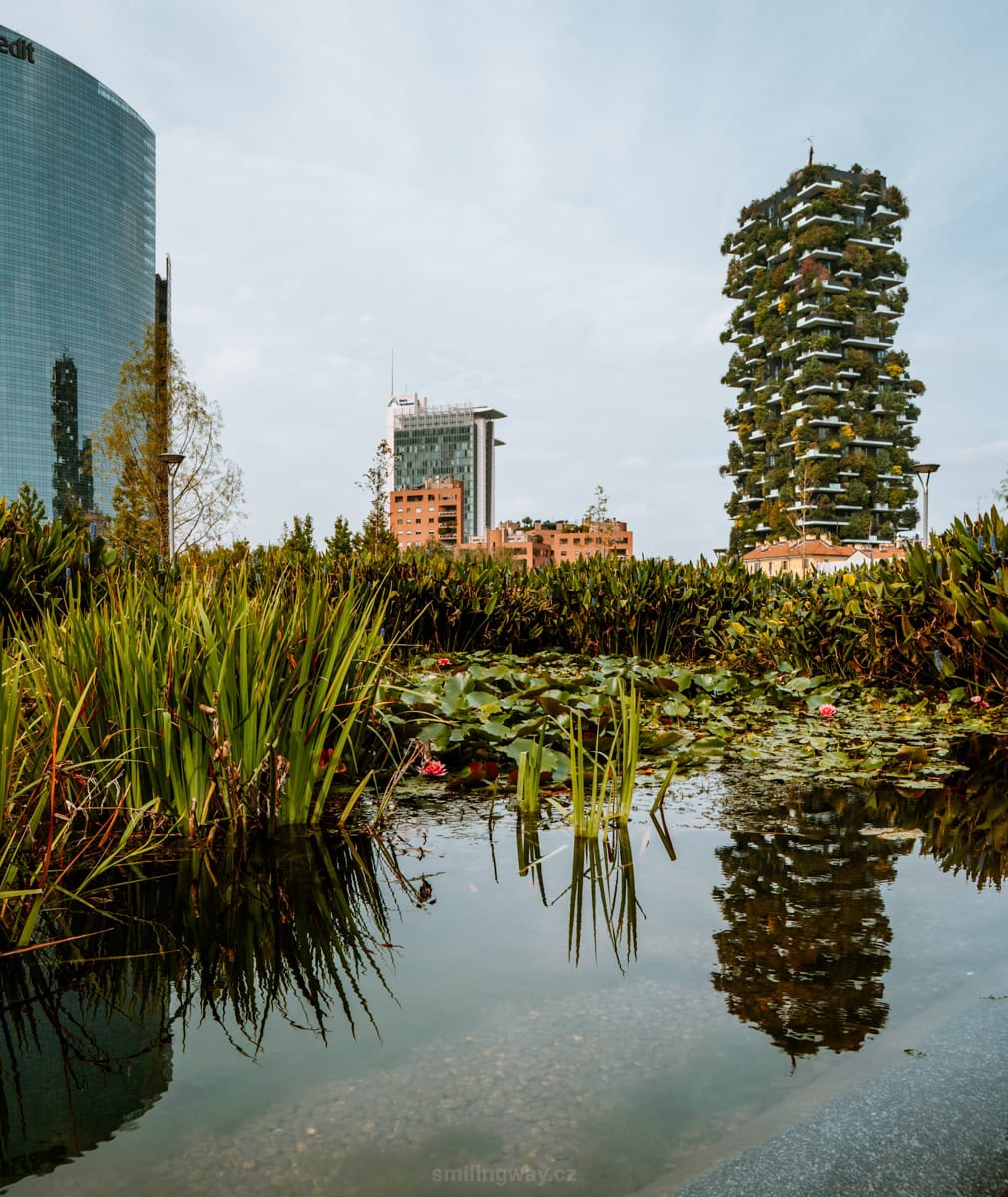
Travelling to Milan by car
If you’re planning to drive to Milan, be aware of several fees along the way, depending on the countries you pass through:
- Austria: motorway vignette costs €12.40 for 10 days (motorbikes €4.90). You can buy it online.
- Brenner Pass: €12 toll between Innsbruck and the Italian border, also available for online purchase.
- Switzerland: annual motorway vignette for 40 CHF, sold at the border or online via the official Swiss website.
- Italy: motorway tolls average around €8–9 per 100 km. You can pay in cash or by card, with payment options clearly shown at each toll gate.
Useful links:
- Austrian vignette and Brenner Pass: available together online
- Swiss vignette: must be purchased separately, for example at the border or online on the official Swiss motorway website
Fuel prices can vary between countries. You can check current petrol and diesel prices here (insert link).
For up-to-date information on road closures, tolls, and traffic in Italy, Google Maps is a reliable and practical resource. You can also check the official website Autostrade per l’Italia for real-time updates and detailed information on Italian motorways.
Where to stay in Milan with a car
If you are travelling to Milan by car, it’s best to stay on the outskirts of the city and then use public transport to reach the centre. One of our top recommendations is Hotel Da Vinci, a well-priced 4-star hotel with comfortable rooms for couples and families. It offers a generous breakfast, free parking, and easy access to the centre of Milan in about 30 minutes by train.
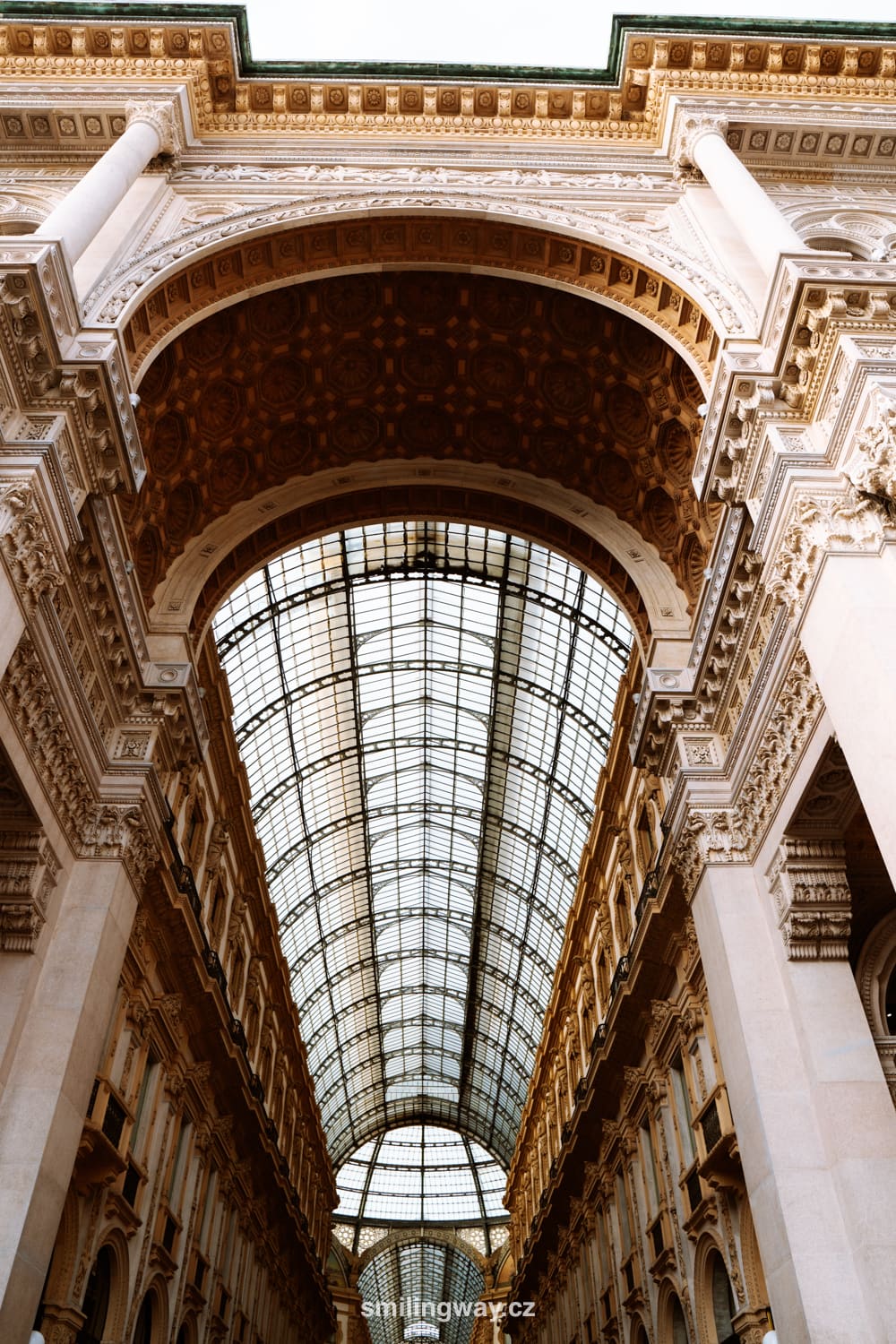
Metro and public transport in Milan
In Milan, you can move around easily thanks to an extensive network of metro, trams, and buses.
Metro in Milan
The fastest and easiest way to get around the city is by metro. Milan’s metro network has 5 lines:
- Red M1
- Green M2
- Yellow M3
- Blue M4
- Purple M5
The M2 and M3 lines stop at Milano Centrale Station, while the M1 and M3 serve the Duomo. The new M4 line connects to San Siro Stadium and Linate Airport.
The metro is reliable, clean, and runs frequently from around 5:30 a.m. to midnight. Each station has two platforms depending on your direction of travel.
More inspiration: Itinerary for 3 days in Milan
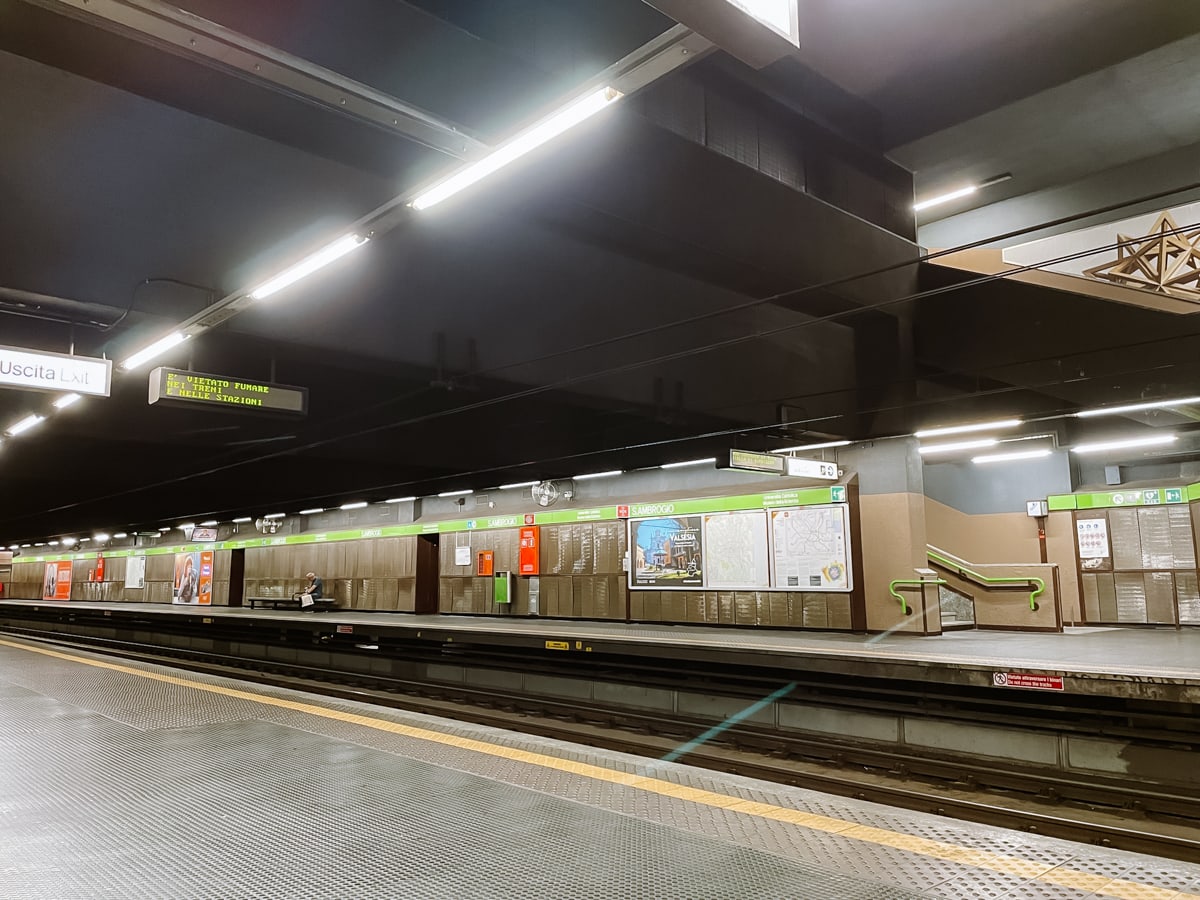
Trams and buses in Milan
Milan’s metro is complemented by an efficient tram and bus network. The historic orange trams have been crisscrossing Milan’s streets for over 100 years — and we personally loved riding them.
- Trams run approximately from 4:30 a.m. to 2:30 a.m.
- Buses generally operate from 5:30 a.m. to 1:45 a.m.
- (times can vary slightly depending on the route)
Trams run from 4:30 to 2:30 and buses from 5:30 to 1:45 (times are approximate – may vary slightly by route).
All public transport in Milan is managed by Azienda Trasporti Milanesi (ATM).
🏡 Apartments with kitchenettes in Milan
Here are a couple of suggestions for comfortable private accommodation with kitchen facilities, good access to the centre, and luggage storage:
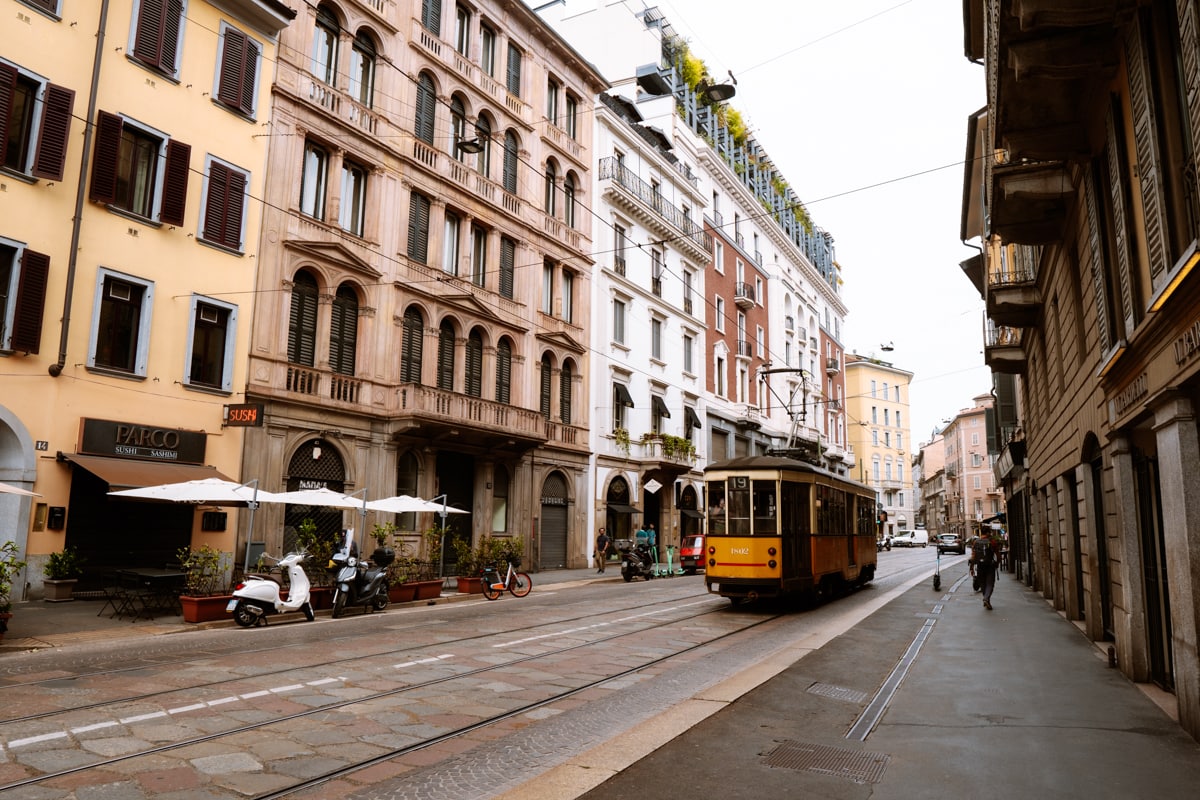
Public transport and metro tickets in Milan
All forms of public transport in Milan — metro, trams, and buses — use the same ticketing system, which makes getting around much simpler.
Milan and its surrounding areas are divided into fare zones. The further you travel, the more you pay. However, most visitors stay within the first zone (M1–M3), which covers the entire city centre, including popular sights like the Duomo, Sforza Castle, San Siro Stadium, and Milano Centrale Station.
On the Milan metro map, this M1–M3 zone is highlighted in white. The purple-marked zone extends outwards to the city’s suburbs.
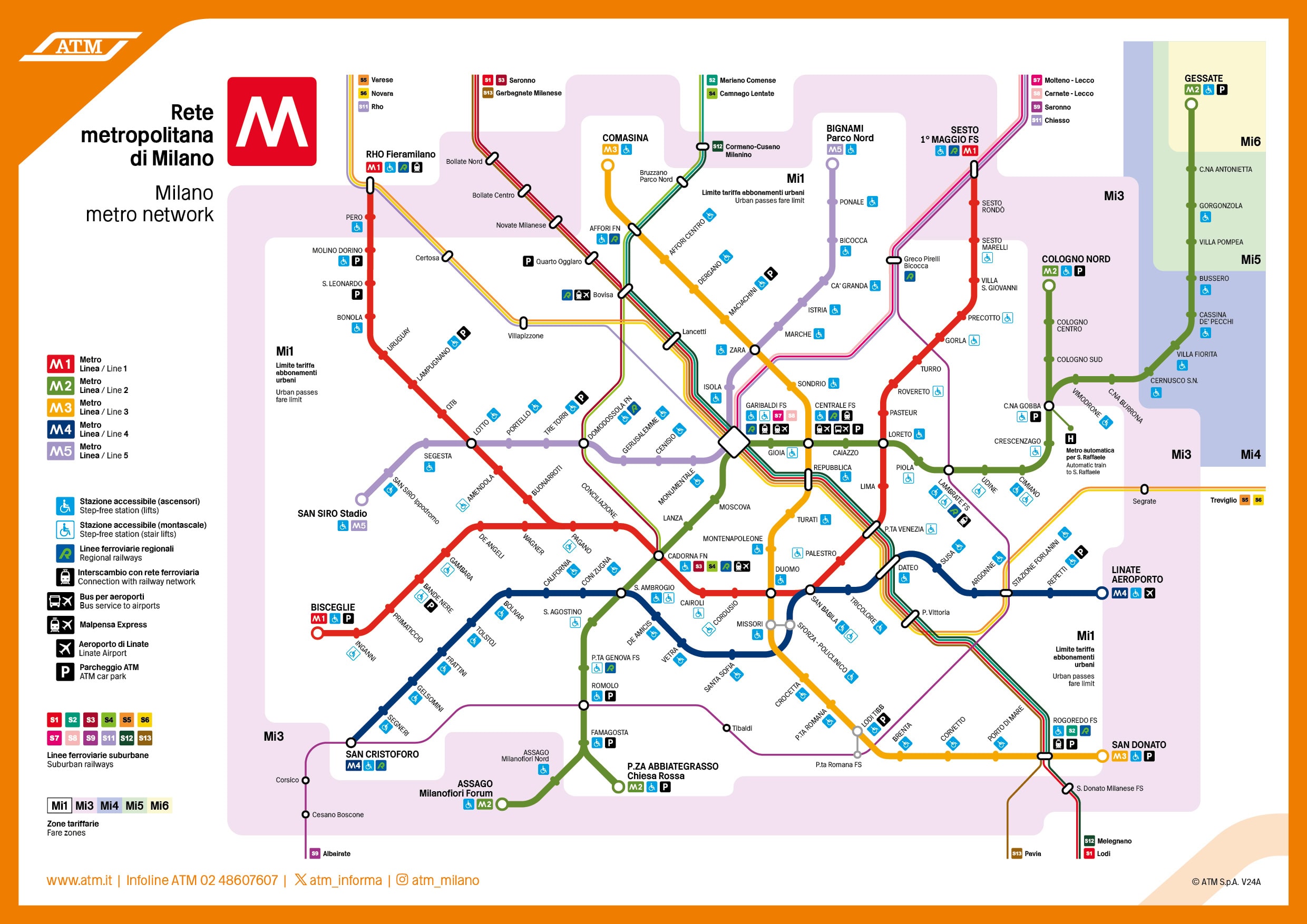
Fares and ticket types:
- Single ticket: €2.20, valid for 90 minutes of unlimited travel within the M1–M3 zone
- 24-hour ticket: €7.60
- 3-day ticket: €15.50 (valid for calendar days)
- Carnet of 10 rides: €19.50
Children up to 14 years of age travel for free.
If you plan to travel beyond the M1–M3 zone, you can check the price by selecting the required zones directly on the ATM fare calculator.
Tickets can be purchased either through the official ATM app or directly at ticket machines in metro stations, where some stations also offer ATM service counters.
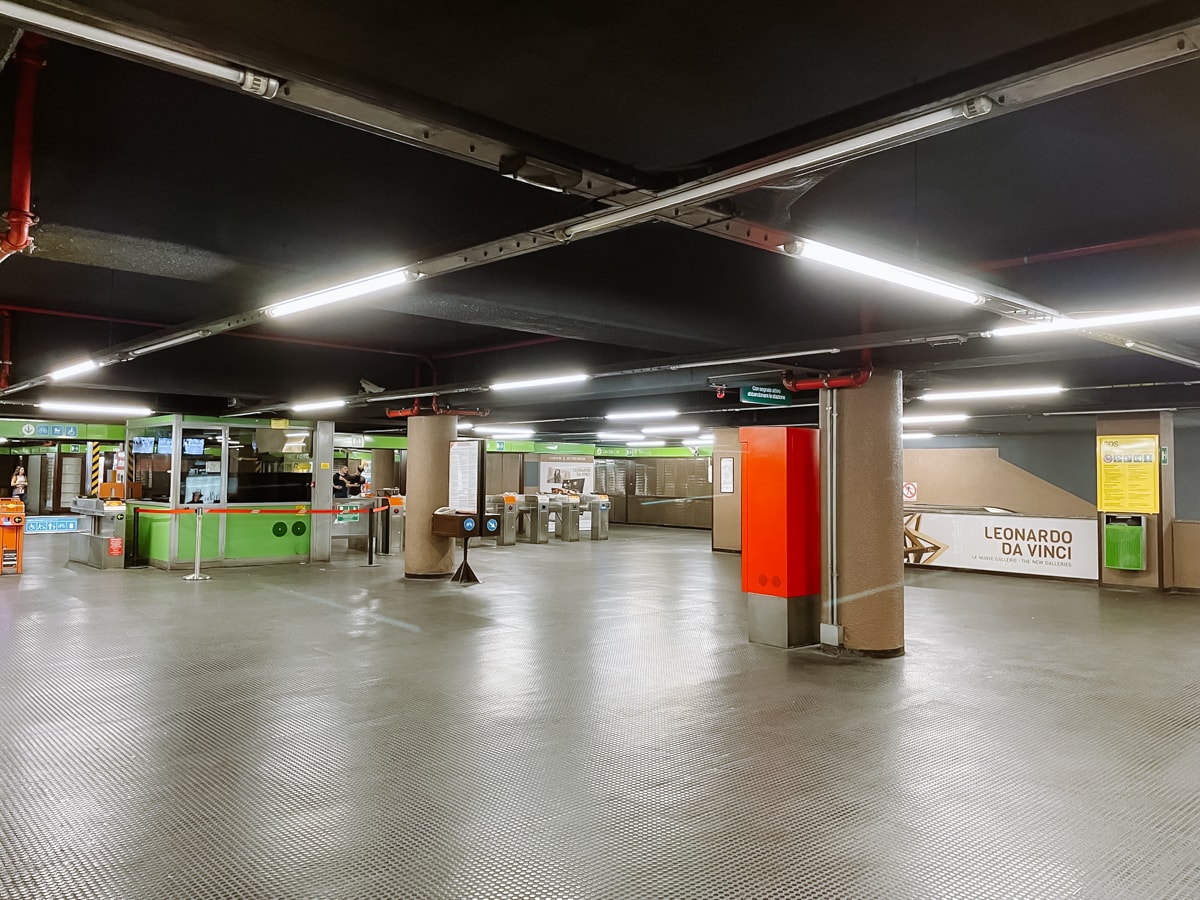
Contactless card payment
The easiest way to pay for public transport in Milan is with a contactless credit card (Mastercard, Visa, Maestro, VPAY). You’ll only be charged for the rides you actually take, and after four rides in a single day, the rest of your travel is free.
This method saves you from having to buy paper tickets or download any apps — it’s the option we personally prefer whenever possible.
Not all metro turnstiles accept contactless payment, so look for the orange turnstiles, which have a card reader in the top right corner (you can see an example in our photo below).
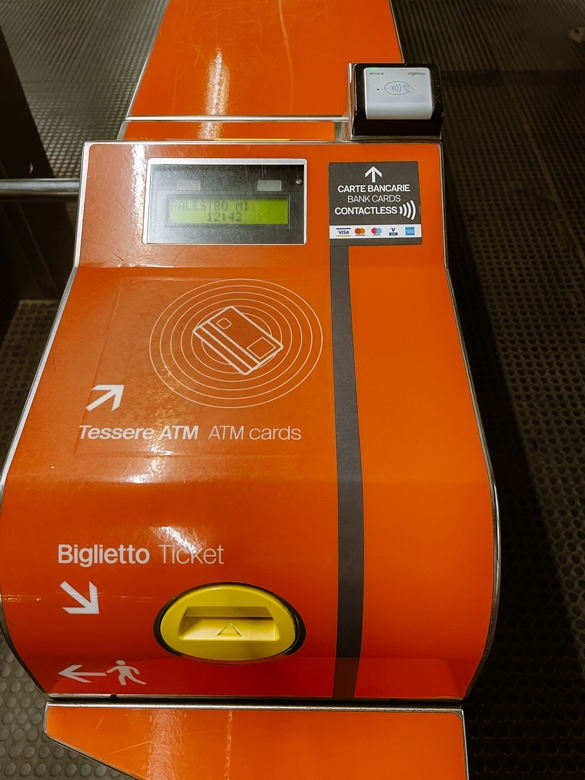
When you exit the metro, remember to tap your card again on the orange turnstile — even if the exit gate is already open. This ensures the correct amount is deducted based on how far you actually travelled.
On buses and trams, simply tap your card when boarding; you don’t need to do it again when getting off.
More inspiration: Itinerary for 1 day in Milan
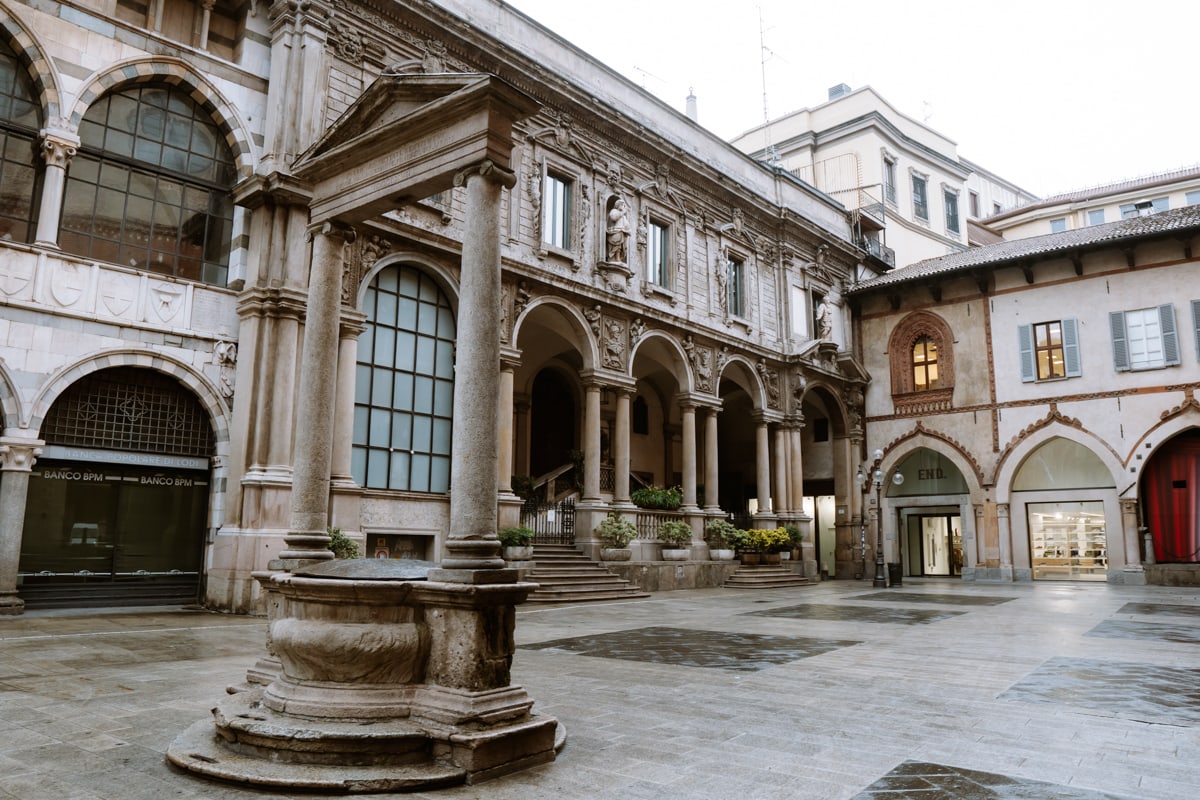
Bike and scooter rental
Milan offers a convenient bike-sharing service called BikeMi, where you can register and pick up a bike at numerous stations throughout the city.
In addition, several e-scooter sharing services operate in Milan, which you can access easily via their respective apps.
Bike and scooter rental shops are also located on many street corners, making it simple to rent and return your ride.
🏡 Budget hotels in Milan
BeBelow you will find suggestions for hotels with great value for money, good accessibility, and 24-hour reception with luggage storage:
By car in Milan
Milan is a progressive city that has become increasingly committed to sustainability and eco-friendly policies in recent years. The city centre is a ZTL (restricted traffic zone), which has special rules and requirements for entry — you can find more details about that here.
Because of these restrictions, I recommend leaving your car further outside the centre and using public transport to reach the main sights. Milan’s public transport network is dense, reliable, and relatively inexpensive. Plus, you’ll save yourself the stress of trying to find a parking space.
Parking spaces in Milan follow the same colour-coding system as in other Italian cities: yellow spaces are reserved for residents, blue spaces allow paid parking, and white spaces are free to use.
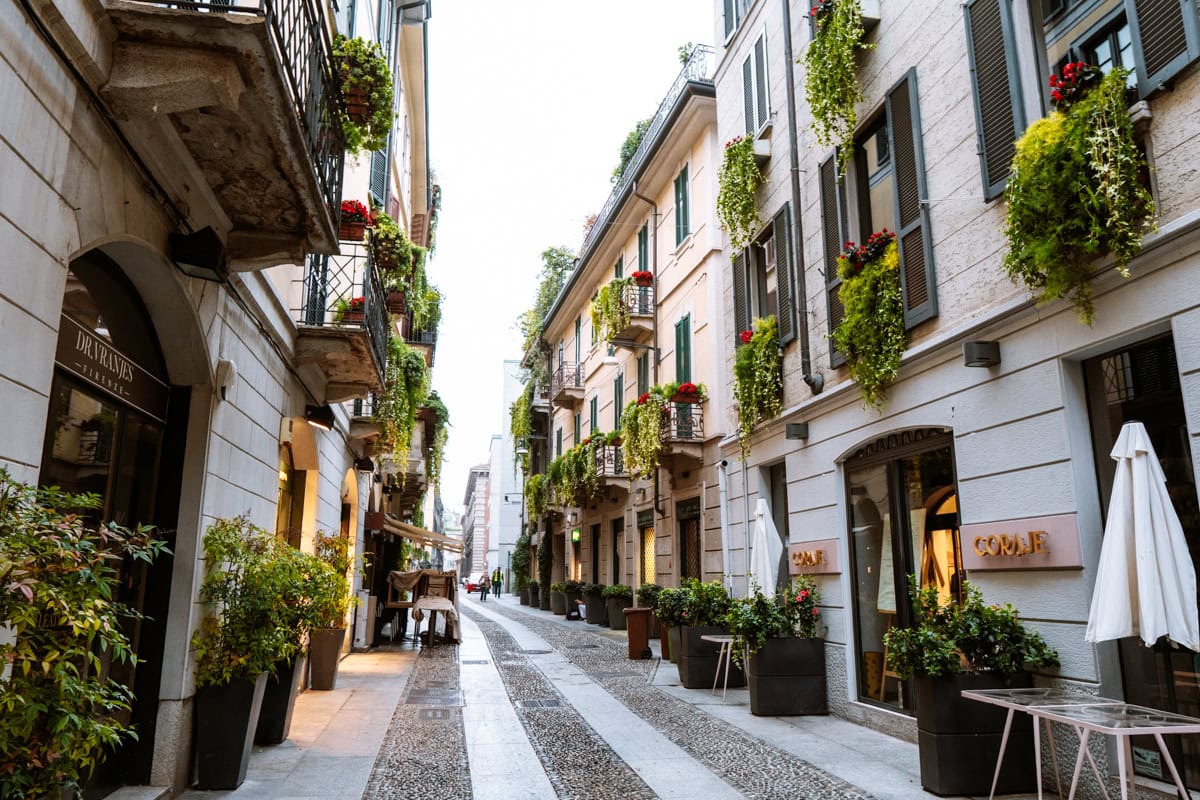
Car rental in Milan
Are you planning to rent a car in Milan to explore Lombardy? On Discovercars.com, you simply enter the required details and present your ID at pick-up.
The price usually includes insurance and free cancellation. You can conveniently pick up your car directly at the airport.
This was our complete guide with tips for transport and the metro in Milan. If you have any questions, feel free to ask in the comments below. Have a safe trip!
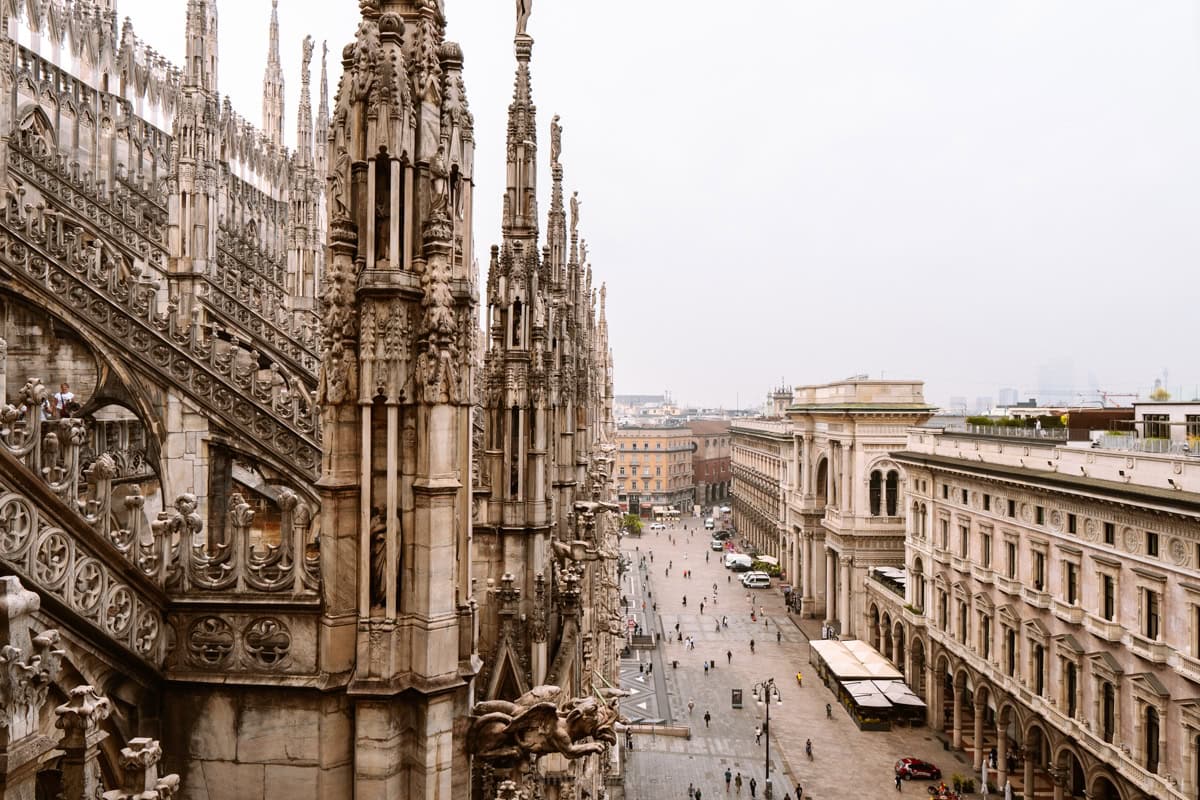
More information about Milan
MILAN: Get inspired by the most beautiful places and things to do in Milan. To help you plan your trip, we’ve created a detailed itinerary for 3 days in Milan, including a route map.
If you have less time, you can also check out our itinerary for Milan in 2 days or even for just 1 day in Milan.
In this article, we also share our recommendations on where to stay in Milan, along with a separate guide packed with practical tips for visiting the Duomo di Milano.
For more inspiration, read our additional tips on travelling in Italy.
Summary: Transport and Public Transport in Milan
Metro (Metropolitana): Milan has 5 metro lines marked with different colours (M1-red, M2-green, M3-yellow, M4-blue, and M5-purple). It’s the fastest way to get around the city.
Trams: An extensive tram network covers areas where the metro does not reach.
Buses: Buses complete the public transport network, serving most districts and suburbs.
Regional trains (Passante Ferroviario): These trains connect the city centre with the surrounding suburbs and nearby towns.
ATM counters: Located in metro stations, where you can buy tickets or top up ATM cards.
Authorised dealers: Many newsstands and cafés across the city sell tickets.
Online/app: Use the official ATM Milano app to buy and validate your tickets.
Ticket machines: Available in most metro stations and at major tram/bus stops.
Yes, it’s very easy. Simply tap your contactless card at the turnstile when entering the metro and again when exiting. After your fourth ride, any further travel that day is free.
A single ticket costs €2.20 and is valid for 90 minutes, including transfers. You can also buy a 24-hour ticket for €7.60, a 3-day pass, or a 10-ride bundle at a discounted rate. For current prices, see the detailed article above.
